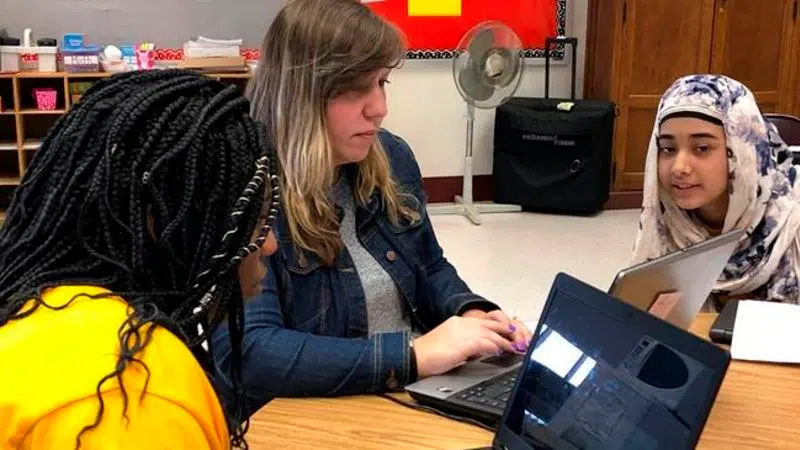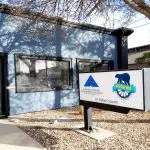
Student ‘geek squads’ maintain school devices, help teachers
BUFFALO, N.Y. — Buffalo kindergarten teacher Maria Spurlock was still struggling after trying for more than a week to get a reading app working on all of her classroom iPads. When she learned her building had a new team of technical experts, she put in a request for help.
In walked 11-year-old Arefa Zaman, a sixth-grader with silver sneakers and a yellow “tech squad” T-shirt, who quickly went to work.
Buffalo Public Schools officials say it only makes sense for the youngsters who have grown up with technology to be part of the upkeep of the district’s thousands of iPads and laptops used every day. Students, in turn, hone practical skills.



